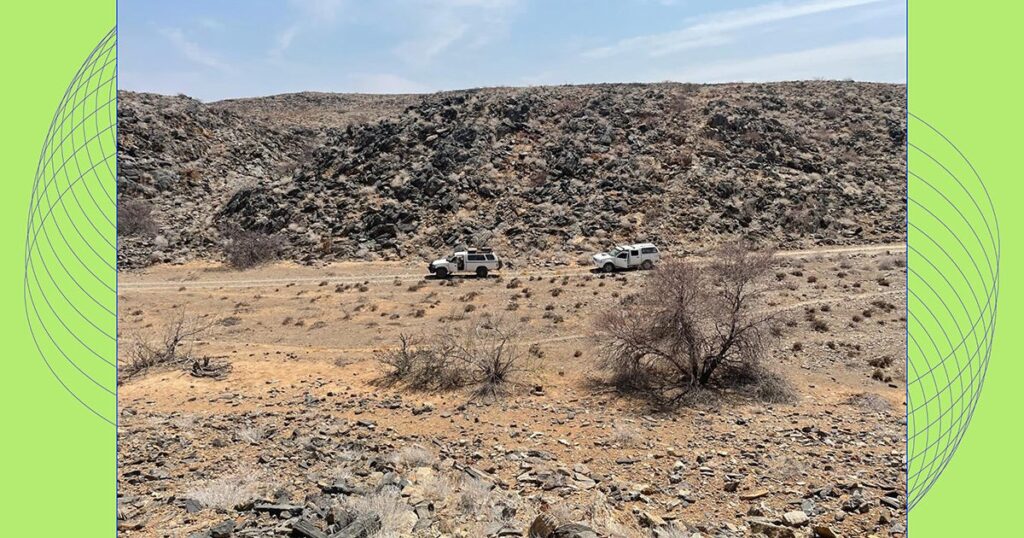In the deserts of Africa and the Middle East, scientists have discovered tiny tubes that appear to have been made by something alive.
In a press release, researchers from Germany’s Johannes Gutenberg University Mainz described their surprise upon finding these bizarre tubular tunnels in marble and limestone.
“We were surprised,” explained Cees Passchier, who first found the tunnels in Namibia 15 years ago, “because these tubes are clearly not the result of a geological process.”
In a new paper published in the Geomicrobiology Journal, Passchier and his colleagues described the bizarre physical properties of the weird tubes they found, first in Namibia and then in Saudi Arabia and Oman, both located thousands of miles to the east.
These micro-burrows, as they’re called, are generally about an inch long and about half a millimeter wide. Cutting down into rocks that scientists like Passchier have long studied, clusters of these tiny tunnels have been exposed by erosion. When analyzed, the tubes revealed a fine calcium carbonate powder, which may have been left over from microorganisms that burrowed into the marble to access its nutrients.
While the current hypothesis suggests that something living made these weird little tubes in desert marble, researchers are baffled as to what kind of tiny organism it may have been.
“We don’t currently know whether this is a life form that has become extinct,” Passchier said in the press release, “or is still alive somewhere.”
Given that these mysterious structures are estimated to be about one or two million years old, it’s possible that whichever microorganisms made them are not alive today.
Though traces of calcium carbonate powder were found in these microburrows, no DNA or proteins were left behind. Without more biological evidence, scientists won’t be able to say definitively what type of critter carved them out — though to Passchier, that’s what makes the discovery “so exciting.”
“Is it a known form of life,” the German scientist pondered, “or a completely unknown organism?”
“This form of life, of which we do not know whether it still exists, could be important for the global carbon cycle,” he continued. “It is therefore essential that the scientific community becomes aware of it.”
More on weird life: Scientists Puzzled by Giant Ancient Life Forms
Read the full article here


